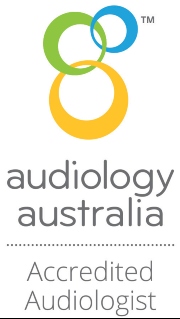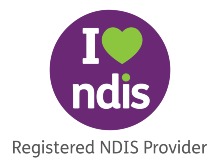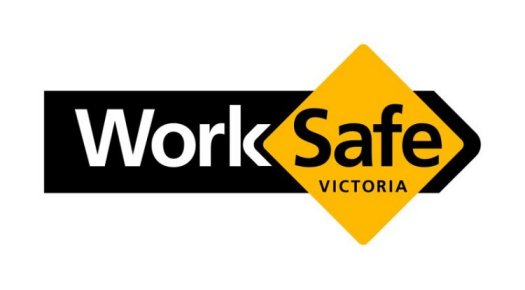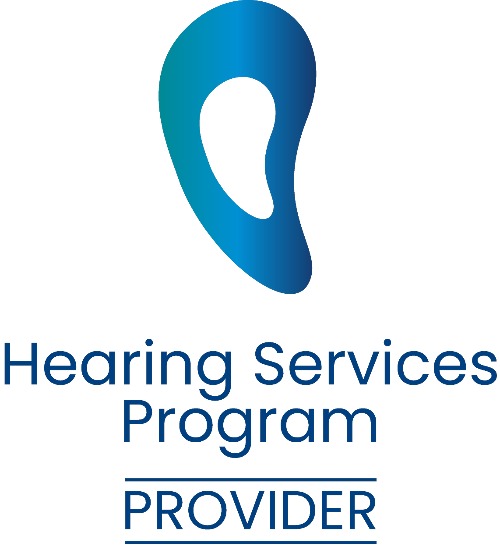Best Hearing Aids of 2025
The Best New Hearing Aids of 2025
Updated 2025
Our top hearing aids for 2025 set the benchmark for sound quality in noisy environments, captivating design delivering both comfort and discretion, and each offering proprietary hearing technology which sets it apart from the competition.
In 2025, hearing aids are now equipped with...
- Advanced Artificial Intelligence (AI) algorithms that can learn your preferences and automatically adjust settings for different environments, to deliver clearer sound quality and better speech recognition, even in noisy settings.
- Bluetooth Low Energy (LE) Audio, for direct sound streaming from devices like TVs, smartphones, and computers, which provides a seamless audio experience without the need for additional accessories... plus most new models are Auracast ready.
- Rechargeable lithium-ion batteries have significantly improved, offering 24 hours+ of continuous use on a single charge, including streaming. Plus portable chargers extend battery life even further, making hearing aids more convenient and environmentally friendly.
- Integrated biometric sensors that can track your health metrics such as heart rate, stress levels, physical activity, and sleep patterns provides valuable health insights and enhances overall well-being.
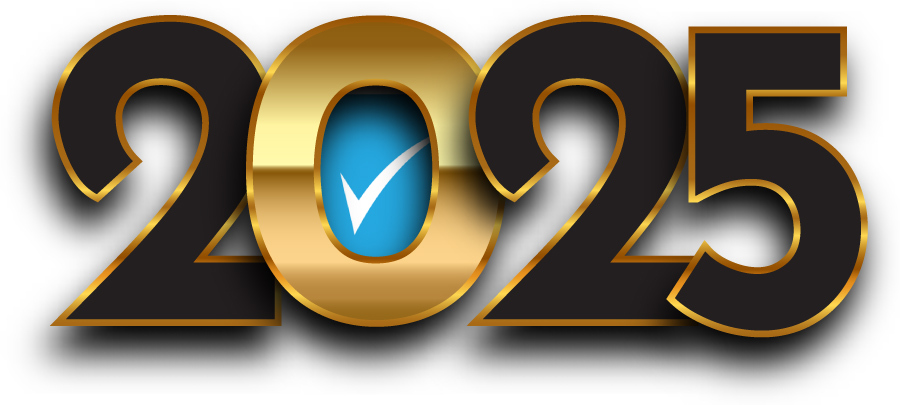
New hearing aid models are designed to be even more comfortable and durable, with dust, sweat and water-resistant IP 68 ratings features for daily wear, no matter the circumstances.
These are our Best Hearing Aids of 2025 (so far)
- Starkey Edge AI — advanced Artificial Intelligence sound engine with 51 hours battery life
- Phonak Sphere Infinio — dual-chip technology applies real-time AI to enhance sound clarity in noisy environments
- ReSound Vivia — world’s smallest AI hearing aid, without compromise
- Oticon Own SI — custom made with Oticon's next-generation DNN 2.0, trained with 12 million sounds
Starkey Edge AI

Give yourself an edge
Starkey Edge AI hearing aids use AI to classify complex soundscapes, enhance speech, and reduce noise in real-time, mimicking the brain's auditory cortex.
Future-forward connectivity
Starkey Edge AI hearing aids deliver up to 51 hours of battery life, are waterproof, and come with a sleek, discreet design, and are Auracast ready.
Read More
Phonak Sphere Infinio
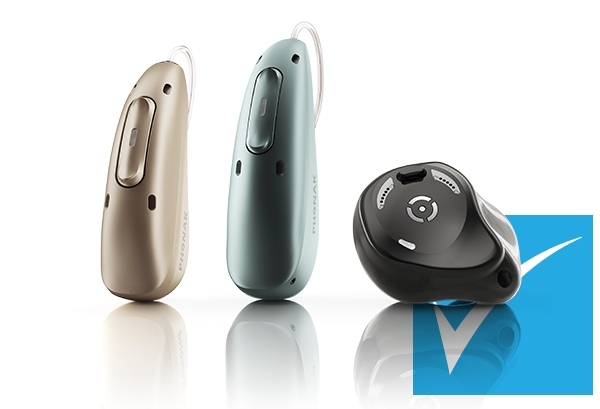
Dual-chip architecture with dedicated AI
Launched late 2024, Phonak Sphere Infinio hearing aids include 2 chips – a dedicated Artificial Intelligence (AI) chip, which delivers real-time adjustments that provide speech clarity by separating speech from noise.
Market-leading universal connectivity
Bluetooth connectivity takes a giant leap forward, with 6x more transmission power for stable, uninterrupted hands-free calls and streaming.
Find Out More
ReSound Vivia
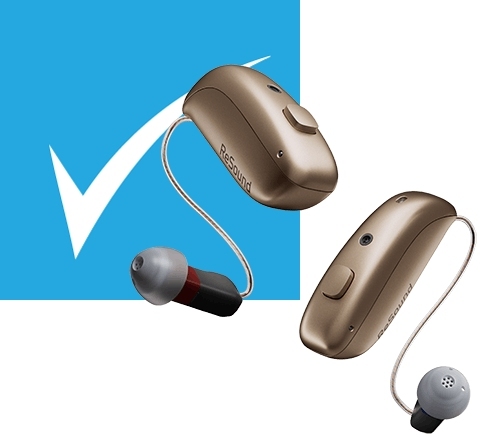
Near invisible styles
Vivia is the world's smallest AI rechargeable hearing aid to enhance your brain’s natural strengths so you can experience sounds more vividly and effortlessly.
Auracast Assistant
World’s first Auracast Assistant for hearing aids in the ReSound app to connect to Auracast broadcasts with a tap!
Coming Soon
Oticon Own SI
Made to be unnoticed
Own SI is custom-made and fits discreetly within your ear, providing added comfort when wearing hats, face masks, or glasses.
Made for great conversations
Powered by Oticon's next-generation, always-on Deep Neural Network 2.0 (DNN), trained with 12 million real-life sound scenes, for a natural listening experience, with less listening effort.
Water and dust resistant
Oticon Own SI are IP68-certified, protected against dust and water, designed to be worn in all daily life situations.
See Options
SAVE more than your hearing
To find out more about these exciting new hearing aid models, contact HEARING SAVERS on ☎ 1800 00 4327

 Principal Audiologist
Principal AudiologistHEARING SAVERS
Phone ☎ 1800 00 4327
Email: adrienne@hearingsavers.com.au
What to look for when purchasing new hearing aids
When considering new hearing aids, there are several factors to take into account to ensure you choose the right ones for your needs.
Here are some key considerations:
- Hearing Assessment – Determine your current hearing levels and specific needs via hearing assessment conducted by an hearing practitioner.
- Type and Severity of Hearing Loss – Understand the type and severity of your hearing loss, as this will impact the type of hearing aids recommended.
- Style and Design – Choose a style that suits your preferences and comfort, whether it's the popular receiver-in-canal (RIC), behind-the-ear (BTE), in-the-ear (ITE), completely-in-the-canal (CIC), or other options.
- Technology Level – Consider the technology level based on your lifestyle and communication needs. Higher-end models include advanced features like noise reduction, motions sensors, AI, app control, Bluetooth connectivity, and more.
- Hearing Aid Features – Look for features that align with your lifestyle, such as directional microphones, telecoil compatibility, rechargeable batteries, smartphone connectivity, and custom programming options.
- Connectivity – Check if the hearing aids can connect to devices like smartphones, allowing for easy adjustment of settings, streaming audio, and taking calls directly through the hearing aids.
- Battery Life and Type – Consider whether you prefer disposable or rechargeable batteries. Rechargeable options are hassle-free, convenient and environmentally friendly, while disposable batteries may be preferred by some users.
- Fit and Comfort – Ensure the hearing aids fit comfortably and securely. The right fit is crucial for both effectiveness and comfort.
- Trial Period – Check if there is a trial period offered by the hearing provider. This allows you to test the hearing aids in various environments and situations to ensure they meet your expectations.
- Cost and Rebates – Understand the full cost of the hearing aids and any additional expenses for accessories or follow-up appointments. Check with your private health insurance to see if hearing aids are covered. You may be eligible for rebates under the Hearing Services Program, NDIS, WorkSafe, Home Care Packages and JobAccess.
- Warranty and Support – Inquire about the manufacturer warranty, warranty for loss and damage, plus ongoing care and support services.
Choose from three main styles of hearing aids
- Receiver-in-Canal (RIC) – most popular style offering full features, robust design with light-weight comfort and discretion.
- Behind-the-Ear (BTE) – typically a bit larger and more powerful than RIC models for more significant hearing losses, with a custom mould for a secure fit.
- Custom – custom made to the shape of your unique ear canal, can be made invisible but may compromise on certain features, such as Bluetooth streaming.

The most common type of hearing aid is the Receiver-in-Canal (RIC) style. RIC hearing aids have components behind your ear with a very thin wire attached to a tiny speaker that goes in your ear canal. RIC models do not block your ear, allowing you to hear sounds that can you detect normally, while amplifying important speech. RIC aid styles are suitable for people with a wide range of hearing loss, from mild to profound.
Smaller Custom hearing aids sit inside your ear canal and work well for mild or moderate hearing loss, while a larger Behind-the-Ear (BTE) hearing aids are usually better suited to severe or profound hearing loss. Our hearing specialists can help you choose a style that will work for you.
SAVE more than your hearing
To find out more about these exciting new hearing aid models, contact HEARING SAVERS on ☎ 1800 00 4327

